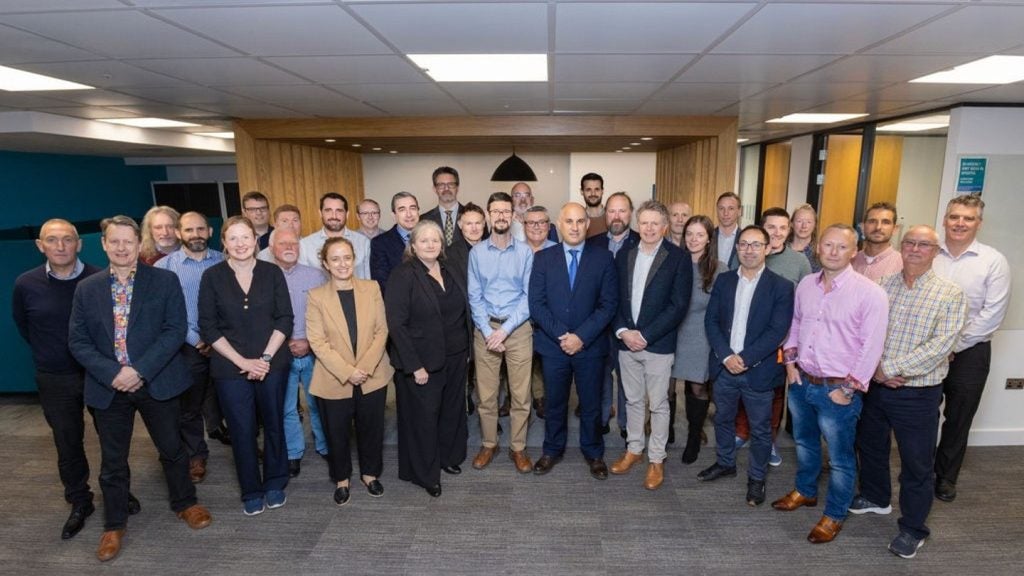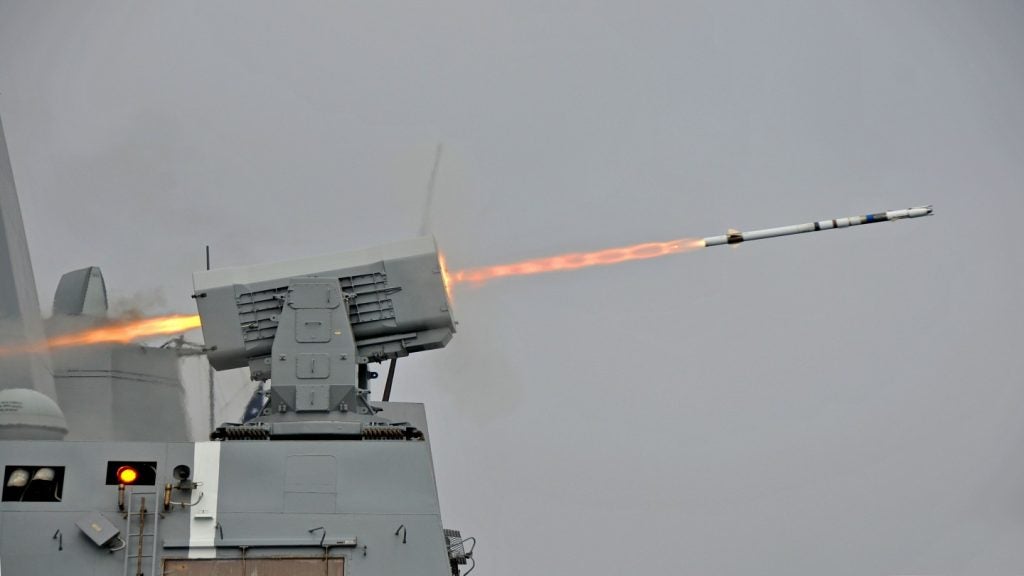
You only need to witness the grandeur of the Royal Navy’s Carrier Strike Group spearheaded by aircraft carrier HMS Queen Elizabeth to recognise that there’s an international renewed interest in sea power projection, and warships are at its heart.
The UK as an island nation has a long history of heavy emphasis on sea power and expeditionary power projection. It’s also a country that has several overseas territories and is heavily reliant on international trade and the free movement of goods via sea lanes.
But a recent shift in the threat environment dating back to the 2014 annexation of Crimea by Russia triggered NATO allies that had spent the previous ten to 15 years focused on counterinsurgency and counterterrorism operations to turn their attention back to near-abroad territorial defence threats. There is also an increasing awareness of a rising China, which has made heavy investments in naval capabilities with the People’s Liberation Army Navy increasing in size and sophistication.
According to RAND Europe research leader James Black, while in the past the response would have been driven by numbers and tonnage, the focus is beginning to shift.
“There’s still a political focus on numbers, particularly in the US, but nowadays increasingly people are thinking more about systems and effects, including ships or unmanned vessels – small or large, in the water or flying or underwater – as part of a broader system of systems,” says Black.
Black adds that automating a significant proportion of activity that is currently dependent on personnel would drastically drive down the cost of naval operations and increase efficiency, potentially enabling a larger force.
How well do you really know your competitors?
Access the most comprehensive Company Profiles on the market, powered by GlobalData. Save hours of research. Gain competitive edge.

Thank you!
Your download email will arrive shortly
Not ready to buy yet? Download a free sample
We are confident about the unique quality of our Company Profiles. However, we want you to make the most beneficial decision for your business, so we offer a free sample that you can download by submitting the below form
By GlobalDataUncrewed assets
The US Navy is demonstrably driving this, having recently committed $374 million in research and development funding for armed large, uncrewed surface vessels (LUSV), which, at up to 300ft long, would be a similar size to frigates.
“The US is in a position of having a highly-equipped, capable navy but it is in a race to recapitalise,” explains Black. “It has various classes of vessels, some of which are older and facing renewal in the next ten to 20 years.
“At the same time, it’s got this ambition to grow the size of the fleet to 355 ships. They’re probably not currently planning to count unmanned platforms towards the total, but they are aware that unmanned assets might enable them to increase overall mass. That’s not just in terms of numbers of vessels but also things like missile tubes, which is important as when some of the subs go out of service, you’re potentially facing a reduction in the number of missile tubes.”
Black explains that an uncrewed replacement could take the format of effectively a large magazine of missile tubes that floats, equipped with command and control software and sensors, delivering extra firepower.
“Equally, if you have small, unmanned vessels that are potentially armed; they can support an armed, manned traditional vessel that acts as a mothership to various smaller autonomous systems,” he adds. “They can also access sensing nodes within that system, so you can contribute to the survivability of your crewed assets and keep people slightly further back and out of harm.”
System of systems
Over the next ten to 20 years, Black predicts a further move towards viewing ships more as part of a system of systems, leading navies to think less about whether they want to design a single warship or submarine and more about the capabilities they need to deliver and how they fit with other domains.
“We see the US Marine Corps are thinking increasingly about how they cannot just fight from the sea onto the land, as has traditionally been their role when they’ve relied on amphibious operations from big platforms at sea,” Black explains.
“They’re moving towards dipping in and out of the land and the sea, working in small agile groupings, deploying onto islands and then firing anti-ship missiles to take out enemy assets at sea. Fighting from the land to the sea; reversing that dynamic.”
The system of systems approach will further blur the boundaries by enabling a manned ship to work alongside uncrewed surface, underwater or air assets. This is reflected in modern frigate design featuring mission bays from which to deploy them.
“Navies can also reconfigure a vessel at potentially quite short notice for different types of missions,” adds Black. “That can be as simple as an ISO standard container that might contain an unmanned vessel, electronic warfare equipment or disaster relief equipment, and you can swap those in and out.”
Containerised assets also offer navies the option of readily reconfiguring civilian ships. This not only offers additional capability but could operate in a part of the world where a discrete, low observable, potentially deniable vessel would be preferable to an overt warship.
Other factors influencing modern warship design include survivability in terms of armour and defensive measures and deployability in terms of how long it can operate far from port and autonomously.
“Some of that is also to do with not just the warship design but also things like how you crew vessels,” explains Black. “Do you leave a ship somewhere in a certain region of the world and rotate multiple crews through that ship rather than bring it back to port to recrew?”
In that situation, uncrewed assets offer new opportunities for moving people, equipment, food and stores on and off ships. That further increases deployment duration, maximising at-sea time and minimising time spent in port.
Barriers to adoption
Black concludes with a note of caution that, while there’s a lot of potential in the technology and navies are investing hard in it, there are also barriers to making that technology work.
“If you look at the US Navy and their funding for the LUSV programme, Congress has been sceptical and has held back a lot of the money. This has been pushing the US Navy to think ‘is a big unmanned system a solution to our problems’. It’s not just about the fancy stuff like jamming and cyber but also just things like is the ship going to move quickly enough to keep up with the rest of your fleet, or is it going to slow the rest of it down?” Black says.
“Nobody knows exactly what navies are going to look like in ten or 20 years. A lot of companies will attempt to sell a vision, but I don’t think there is a clear agreement on how this is going to work, and most of the challenges are more about things like culture and doctrine, organisation and procurement – the human side of things, the social side of things – rather than the technology.
“The challenges facing naval engineers and architects are difficult, but I think the challenges facing. the policymakers – who are figuring out how they push this stuff through traditional, slow acquisition processes where they buy a ship every 15 years – I think that’s almost the harder problem.”






